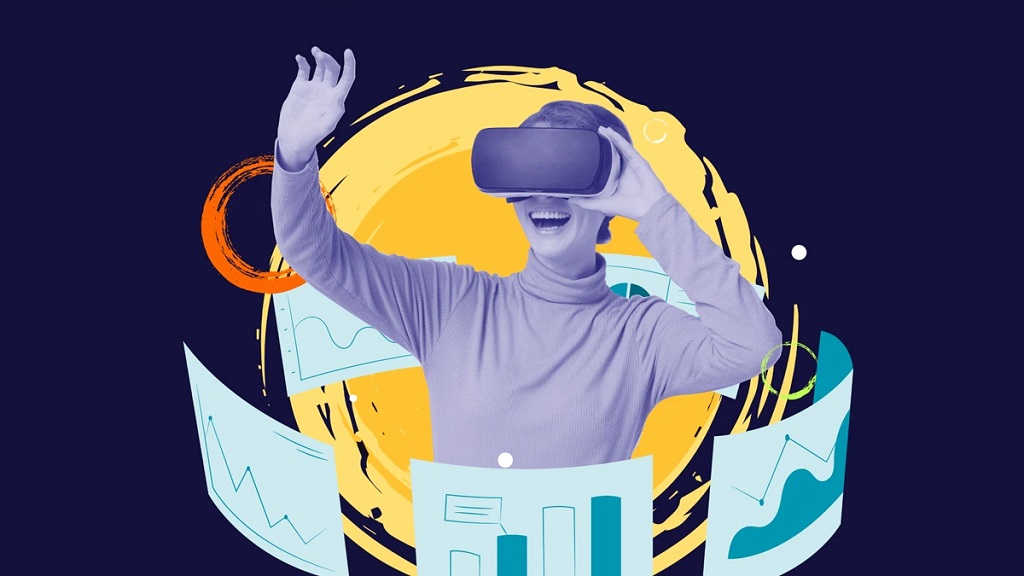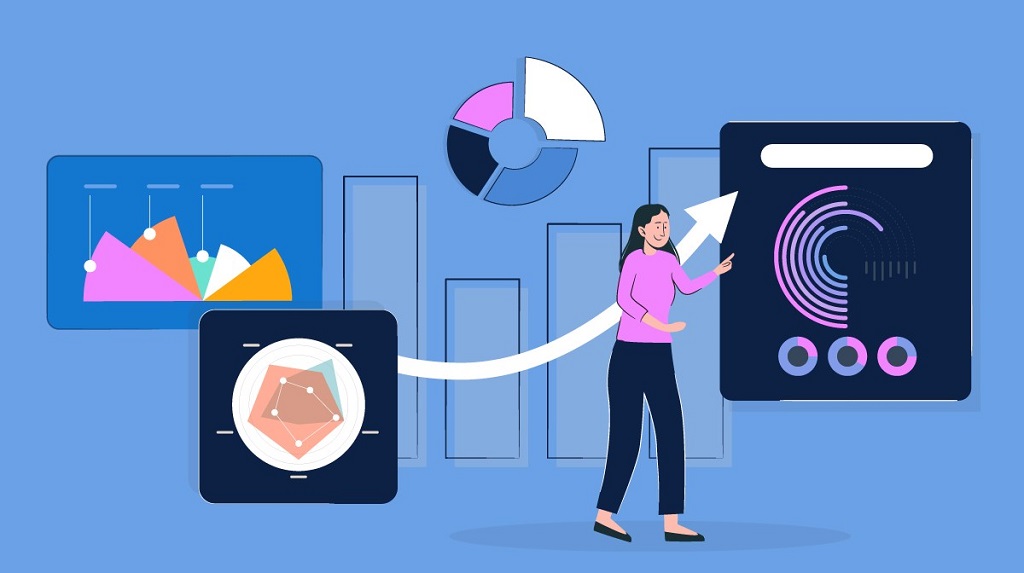Data visualization has become an essential tool in our information age. Transforming raw numbers into compelling visuals helps us understand complex patterns, identify trends, and communicate insights effectively. However, when dealing with intricate and multifaceted datasets, traditional charts and graphs can sometimes fall short. Here, we delve into the realm of innovative data visualization techniques that can unlock the hidden stories within your complex data.
Beyond Bars and Lines: Traditional Techniques with a Twist
Before diving into the world of the unconventional, let’s revisit some familiar data visualization techniques and explore how we can add a creative twist:
- Scatter Plots: These can be enhanced by using color gradients to represent a third variable, adding depth to the analysis. Interactive scatter plots allow viewers to explore specific data points on hover.
- Heatmaps: Consider incorporating geographic data to create geo-heatmaps, visually representing trends across locations. Animation can also be used to show how a heatmap changes over time.
- Network Graphs: These can be transformed into interactive node-link diagrams, allowing users to explore connections between data points in detail. Highlighting specific nodes or filtering edges based on attributes can further enhance user interaction.
Stepping Outside the Box: Unveiling the Unexpected
Now, let’s venture into the realm of truly innovative data visualization techniques:
-
Sankey Diagrams: Imagine data flowing like a river through a series of connected channels. Sankey diagrams excel at visualizing complex flows and relationships between different data categories. They’re particularly useful for portraying financial transactions, supply chains, or energy flows.
-
Treemaps: These nested rectangles represent hierarchical data structures. The area of each rectangle corresponds to the value it represents, offering a space-efficient way to visualize large datasets with multiple levels of categorization. Consider using color coding to highlight specific categories within the treemap.
-
Parallel Coordinates Plots: Imagine multiple lines representing data points, each line plotted along a different dimension of the data. By visually inspecting how the lines diverge or converge, viewers can identify patterns and relationships that might be difficult to detect in traditional scatter plots. This technique is particularly useful for datasets with many variables.
-
Radial Charts: Break free from the confines of the rectangular plot. Radial charts arrange data points around a central point, often used for cyclical or time-based data. They can be particularly effective for visualizing performance metrics or trends over a specific period.
-
Interactive 3D Visualizations: Embrace the power of three dimensions! 3D visualizations can add depth and context to complex data, allowing viewers to rotate, zoom, and explore the data from different angles. This technique is particularly well-suited for spatial data or data with multiple interacting variables.
Choosing the Right Tool for the Job
With a plethora of innovative techniques at your disposal, selecting the most appropriate one for your data is crucial. Here are some factors to consider:
- The nature of your data: Is it hierarchical, cyclical, or geospatial? Understanding your data structure will guide your choice of visualization technique.
- The story you want to tell: What insights are you hoping to communicate? Choose a visualization that effectively conveys your message to the target audience.
- Your audience’s technical expertise: Consider the level of data literacy your audience possesses. If you’re targeting a broad audience, simpler interactive visualizations might be more effective.
Tools and Technologies for Building Innovative Visualizations
The world of data visualization offers a vast array of tools and technologies to bring your ideas to life:
- Programming Languages: Python libraries like Matplotlib, Seaborn, and Plotly allow for extensive customization and interactivity.
- Data Visualization Software: Tools like Tableau, Power BI, and QlikView offer user-friendly interfaces for creating various chart types and interactive dashboards.
- JavaScript Libraries: Libraries like D3.js provide a high degree of control and flexibility for building complex and creative visualizations.

The Future of Data Visualization: Embracing Storytelling
Data visualization is no longer just about presenting data; it’s about crafting a compelling narrative. As technology evolves, we can expect to see even more innovative techniques emerge, blurring the lines between data and storytelling. Augmented reality and virtual reality experiences hold immense potential for immersive data exploration.
Related: Why Data Quality is Non-Negotiable for Your Organization
Conclusion:
Data visualization is a powerful tool for unlocking the secrets hidden within complex data. By embracing innovative techniques and tailoring your visuals to your specific needs, you can transform data into a captivating story that informs, inspires, and drives action. So, unleash your creativity, explore the possibilities, and let your data shine!

